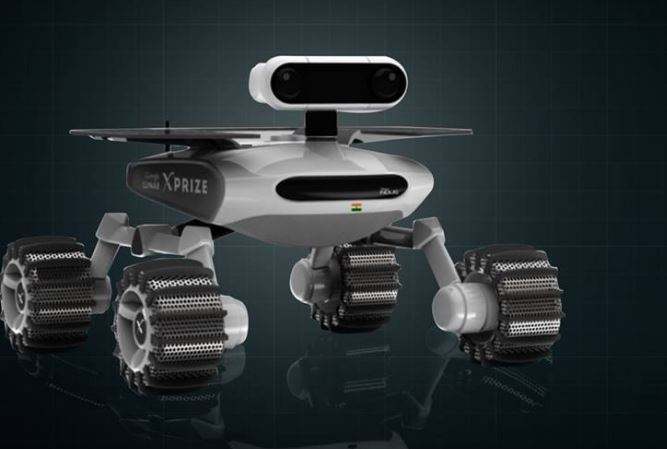The countdown is running and there is no time to spare. On 28th December, an Indian PSLV launcher will take the TeamIndus module into orbit. The module, carrying a lunar rover, will orbit the Earth two and a half times before firing its engines to start a seven-day trip to the Moon travelling at 10km per second. At a distance of 100km from the lunar surface, the spacecraft will decelerate and enter into lunar orbit as it starts its approach to Mare Imbrium, the “Sea of Showers”, a vast lava plain in the Moon's Northern Hemisphere. In the final phase, the module will touch down, and the lunar rover will travel at least 500m, taking images and transmitting them back to Earth.
If successful, it will be the first privately funded lunar mission, and it will win the €20m Google Lunar XPRIZE, a competition launched in 2007 and running through 31st December. To win, TeamIndus will have to beat four other competitors who have all teamed with a national space agency to send their module to the Moon. The other teams hail from the U.S., Israel and Japan, along with an international team including members from multiple countries.
French partnership
For Team Indus, the adventure started in 2010, when a young engineer, Rahul Narayan, launched the project and recruited retired engineers from the Indian space agency to supervise a team of young scientists. The company has around 100 employees. Since then, TeamIndus has created a network of subcontractors and partners, from France in particular, to complete the mission.
In June 2016, France’s CNES space agency agreed to provide two latest-generation micro-cameras developed in cooperation with a French firm, 3DPlus, for the TeamIndus rover. TeamIndus is buying other systems from suppliers in the Toulouse area.
The Google competition is the first step in a plan to develop the low-cost space sector. TeamIndus is working on two other projects, Sat Plus and Long Endurance Aerial Platform. The former aims to develop lightweight, low-cost satellites, while the latter is focusing on the development and construction of solar-powered long-endurance stratospheric drones. Though these craft would be flying at lower altitudes than satellites, they would be less expensive and could be brought back to land for repairs.
Invest in Toulouse
Sridhar Ramasubban who is in charge of international sales at TeamIndus, explains why the company is looking for new partners in France, particularly in Toulouse. Once the lunar rover mission has been completed, the company has further plans, he indicates. He says that the company needs to establish an office close to its prospective customers and, from this point of view, Toulouse is seen as a priority destination.
The exact form of the company’s presence in Toulouse remains to be determined. TeamIndus is thought to be planning a secondary control centre for the lunar mission, alongside its Bangalore centre. A decision has yet to be made, but the new facility will not be just a commercial office. According to Ramasubban, the company aims to start hiring engineers this summer. He says they are looking for people with a passion for aerospace and who would be prepared to work on a variety of projects – the lunar mission, the satellite project or the drones.
For CNES, the partnership with TeamIndus and the company’s plan to set up shop in Toulouse represent an opportunity. India has been looking at low-cost space solutions for several years. In September 2014, India placed a satellite in orbit around Mars for only 4.5bn rupees (€62m), approximately the budget for a major Hollywood film. For Mathieu Weiss, who represents CNES in India, the partnership with TeamIndus is a way of getting closer to innovative players. He explains that CNES needs to accelerate the development of less-costly systems and explore new methods. Weiss believes that India has a lot to offer. In January, CNES signed an agreement with ISRO to explore new technologies for low-cost launchers.

